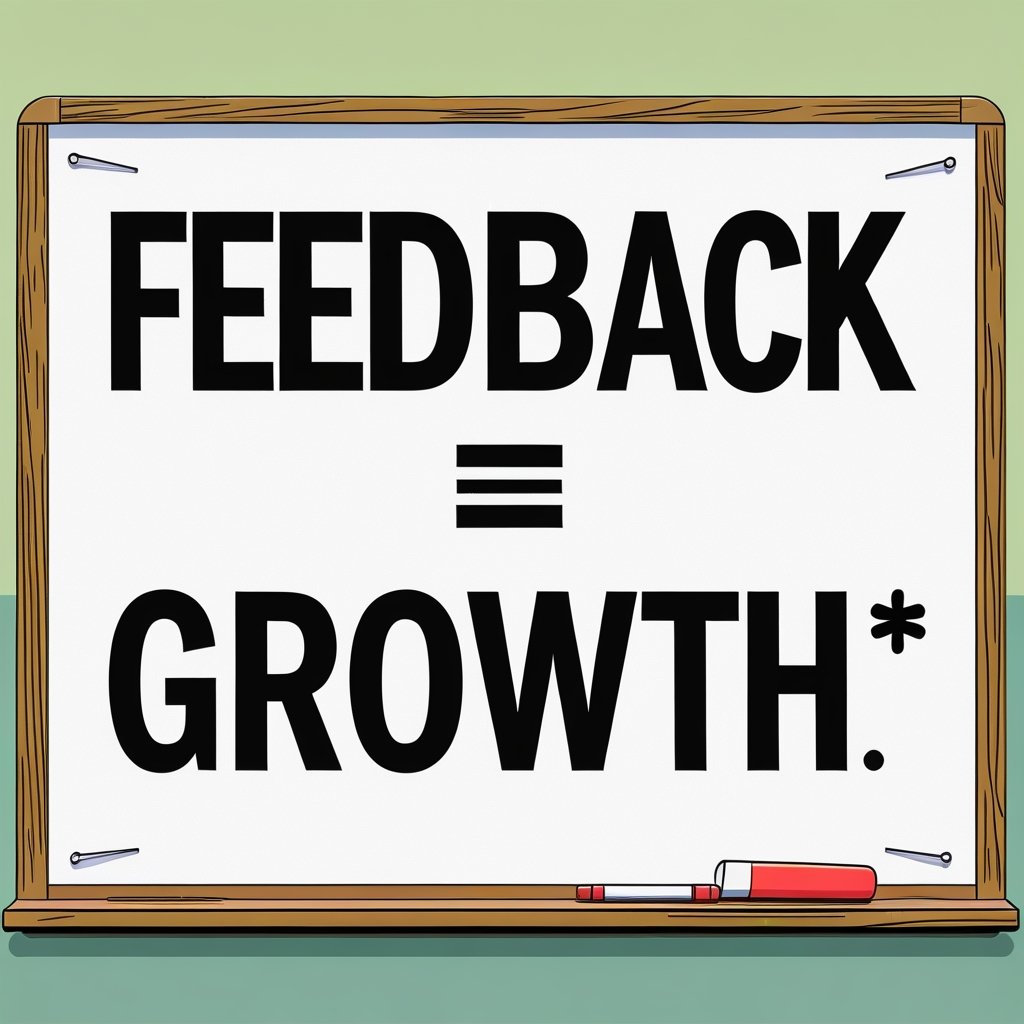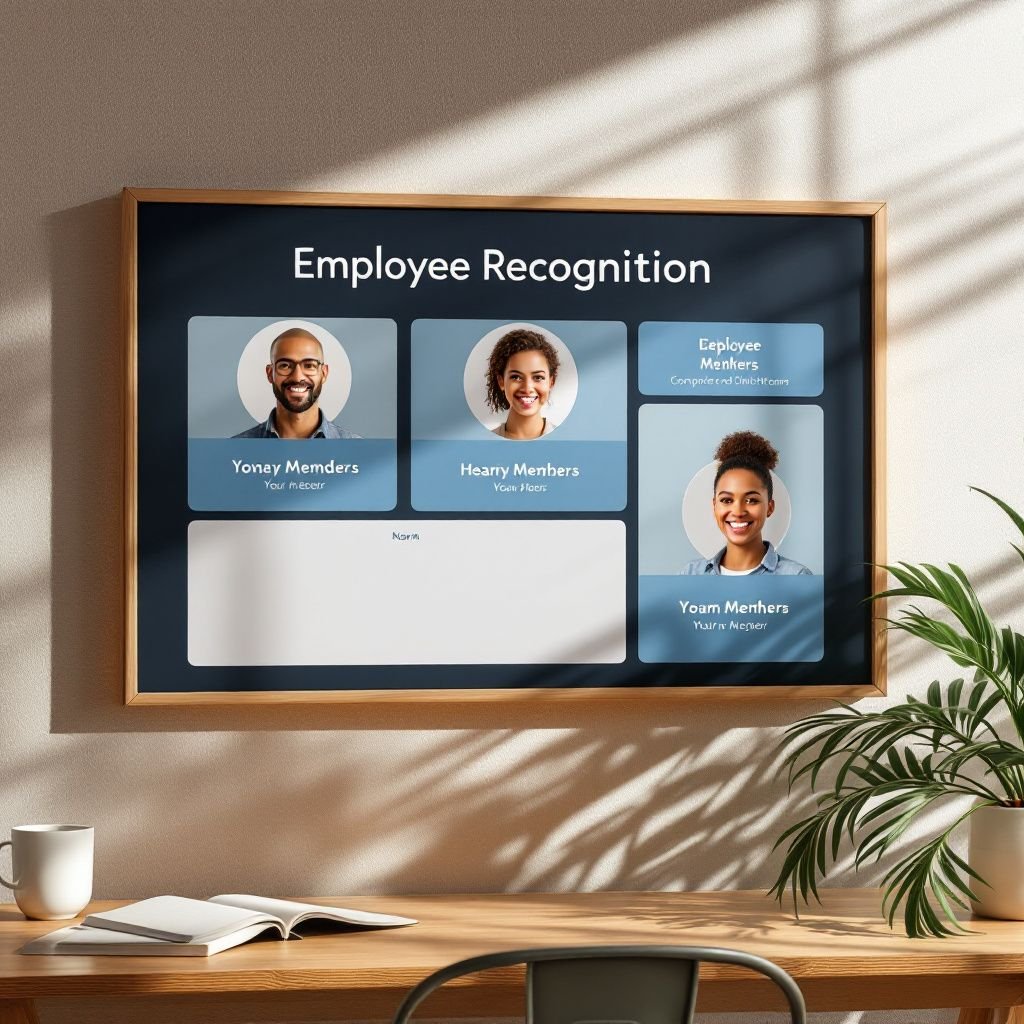
The Talent Retention Defense System
Protect your organization. Empower your people. Build a thriving culture.
In today’s competitive landscape, keeping your best people is no longer just an HR challenge—it’s a leadership priority. The Talent Retention Defense System equips you with actionable strategies, tools, and resources to help you win the talent war, reduce turnover, and build a culture where employees thrive.
From practical templates to leadership guides, this hub is your go-to destination for ensuring your organization not only keeps its top performers but also creates an environment where innovation, engagement, and growth flourish.
Whether you’re a C-level executive, a manager, or a team leader, you’ll find everything you need to empower your teams, align them with your mission, and build a strong defense against the talent drain.





























Employees don’t just quit for money—they quit when they feel invisible. Recognition is one of the most powerful tools for retention, yet it’s often overlooked. If you’re not acknowledging your team’s hard work, don’t be surprised when they start looking elsewhere.